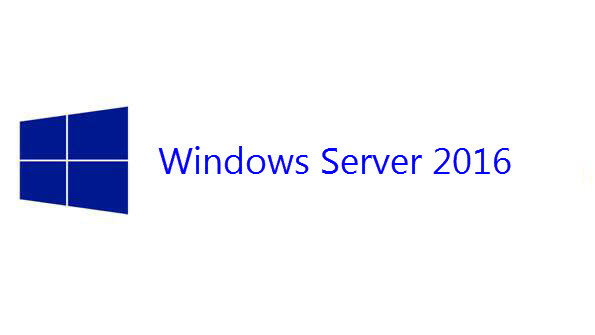Microsoft published details of how Windows Server 2016 will be released and maintained, which includes a “Windows as a service” model of frequent operating system updates.
Windows Server 2016 will be launched at the Ignite conference (September 26 to 30 in Atlanta, Georgia); there will be three editions: Datacenter, Standard and Essentials.
The new thing is that Windows Server 2016 will be priced and licensed per core, rather than per physical processor.
Also, the Datacenter and Standard editions have a new installation option called Nano Server, which is a stripped-down version designed for lightweight virtual machines, or a low-overhead host for virtual machines. It has no GUI and can only be managed remotely.
Datacenter and Standard can be installed either as Long-Term Servicing Branch (LTSB) – with five years of mainstream support and five years of extended support – or as Current Branch for Business (CBB), in which case you can expect feature updates two or three times a year.
However, for a Nano Server installation, Microsoft is only offering CBB, which means that it has to be upgraded regularly to a release with new features, otherwise it will not be supported.
Another thing is that because Nano Server is CBB only, Microsoft is disallowing its use in production unless you have Software Assurance, which is an enhanced and more expensive license which permits version upgrades.
Microsoft‘s licensing guide also shows that use of Windows Server Containers is limited to two instances with the Standard Edition if the better-isolated Hyper-V containers are used. Non Hyper-V containers are unlimited with either edition.
Features exclusive for the Datacenter edition include Storage Spaces Direct, Storage Replica, software defined networking stack, and shielded virtual machines.
The per-core pricing for Windows Server 2016 requires a minimum of eight 2-core licenses for each physical server. Nonetheless, there will still be a free Hyper-V Server Edition if all that is needed is the hypervisor.
This is the review of an article.
Source: theregister.co.uk
Related materials:



